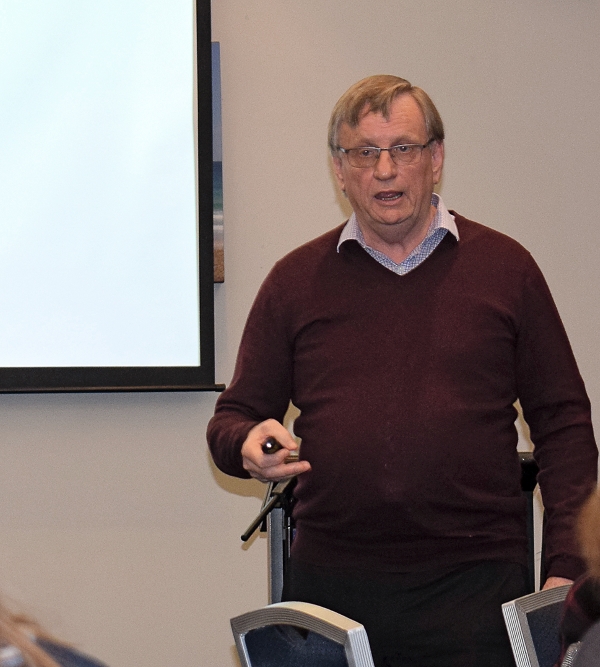The Manaiakalani Education Trust is rolling out its digital education programme to 50 more low decile schools throughout New Zealand next year.
Manaiakalani trust chairman Patrick Snedden told Catholic journalists at the recently concluded Australasian Catholic Press Association conference in Auckland that digital learning is “truly transformational”.
In 2009, he was approached by Point England School principal Russell Burt and he (Mr Snedden) was shown how nine-year-old students had made a video looking to hire a replacement teacher. This video was uploaded on the internet.
There were 288 responses to the video and the children got the teacher they needed.
“This woke me up to the prospect of people taking control of their own circumstances within the context of the digital environment where the choices and the abilities and the reach and the power of the moral purpose can be amplified many more times than it can in an analogue environment,” said Mr Snedden.
There are 50 schools currently in the programme covering about 12,000 pupils. The schools where the programme has been implemented have achieved improved NCEA results.
Mr Snedden used the experience of Tamaki College, which in 1995 had no students get four subjects in School Certificate, as an example of the positive impact of the programme.
In 2013, the NCEA level 2 achievement rates for Maori students jumped from 37.5 per cent in 2012 to 63.8 per cent. Pacific Island pupils, on the other hand, went up from 54.7 per cent pass rates in 2012 to 75.5 per cent in 2013.
“They pulled it off because Tamaki College is the end outcome of a pathway of learning from five-year olds that ends up there which is now comprehensively digital,” Mr Snedden explained. “What this means is that we have Maori-Pacific New Zealanders coming out into the workforce digitally confident in a way that had never before occurred.”
Mr Snedden said they are adding 50 more schools next year to have “a credible base” that people can use to test “whether or not the thing actually works”.
“We made it our mission to actually have that 100 schools fully functioning, doing it right and getting the right results to be able to sway people,” he said. “I have to say the evidence that the Ministry of Education is now starting to believe in is that this thing is starting to work.”
Mr Snedden said low decile schools from Dargaville to Hornby in Christchurch will benefit from the digital learning programme they offer.
“The thing about it is you have to have the capacity to replicate the model. It can’t be some sort of charismatic kind of moment. It’s got to be scalable. People ought to be able to grab it and work with it,” he said.
Mr Snedden said digital learning levels the field for “brown” New Zealanders, empowering them to meet their potential for success.

Reader Interactions